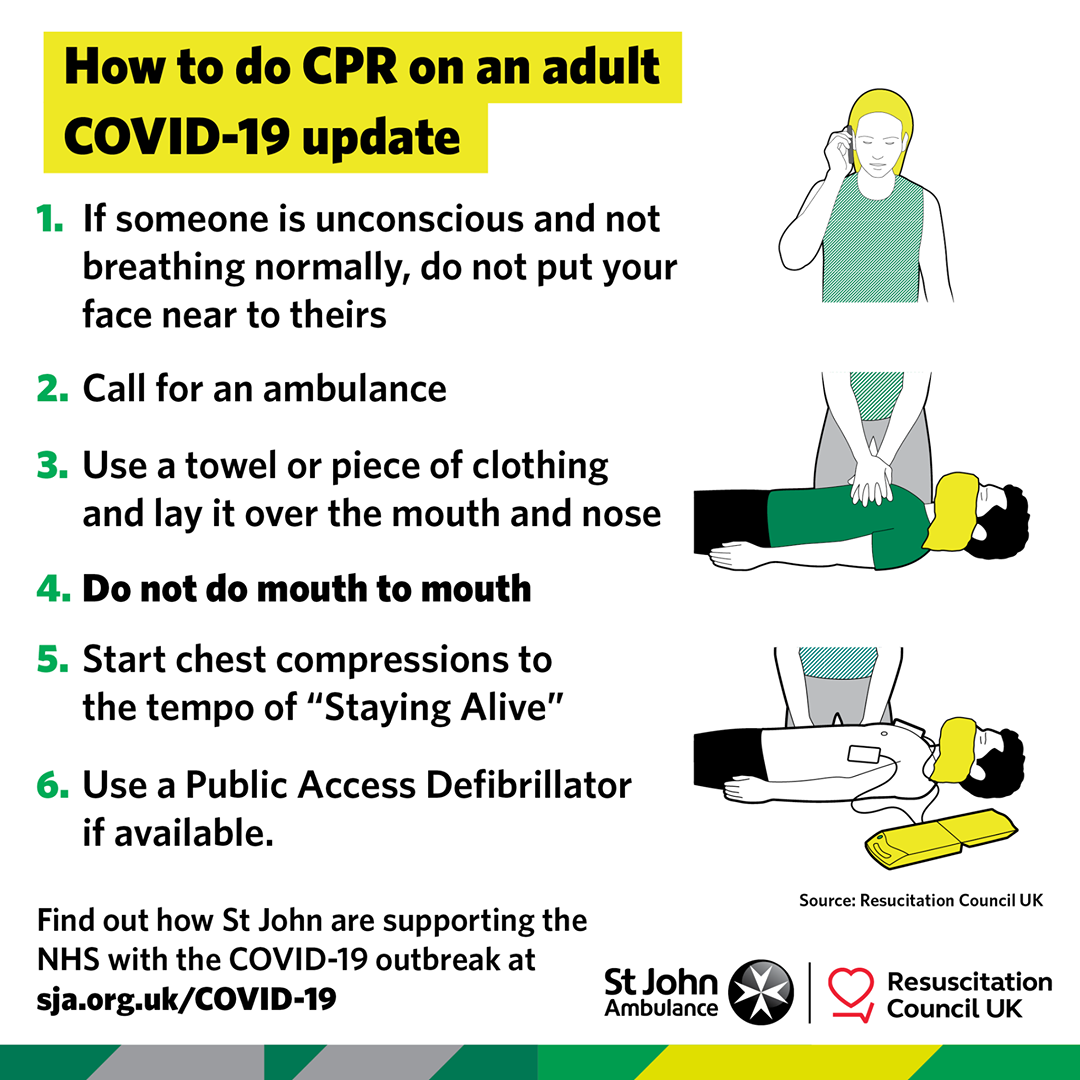Coronavirus has changed our lives. In fact, there is very little that has been left untouched by this pandemic. A risk assessment has been done for every aspect of life, no matter how mundane. So, it should not surprise that St John Ambulance is no different. Its Covid CPR advice may be matter of fact but nevertheless at first sight it is still somewhat shocking: instead of asking people to selflessly give mouth-to-mouth, it now advises rescuers to place a towel over the mouth of the collapsed person to protect the volunteer from Covid. It may not be exactly the ideal image, but in truth this is a sensible way to protect people from a whole range of infections and, reassuringly, will make precious little difference to the effectiveness of the process. On the face of it, nothing to see here. But I still think it serves as a very good metaphor for an ongoing societal shift that I believe is taking place due to the collective crisis we find ourselves in.

The epidemic has brought out much talk of saving lives and protecting others – whether by following the various rules or by acts of kindness. But more insidiously, running side by side with this, is a growing fear of others. We are all potentially infectious, is the thought lurking at the back of our minds while we try and be good neighbours. The seed of fear has been planted and is amplified by each new rule. It appears to matter little that hospitalisations and deaths have thankfully dropped massively.
I have a huge amount of respect for St John Ambulance. It typifies Victorian British charitable innovation in many ways. It was an organisation set up for the greater good and was genuinely ground-breaking. Its motto, ‘Learn first aid. Help Save Lives. Be the difference’ was powerful. The charity’s concept was beautifully simple – by teaching cardiopulmonary resuscitation (CPR) to its volunteers it was possible to rescue a person who had suffered a cardiac arrest and save their life.
Rather typical of a Victorian-era institution it was rather understated and old-fashioned, even though what the organisation and its volunteers did was anything but. Unfortunately however, the heroic image of a life being saved by mouth-to-mouth resuscitation is no more. It’s a powerful act – new life almost miraculously transferred back into a stricken body and a Lazarus-like return from the dead, if successful. Now in the Covid-era this has been replaced by a towel on the face. But this is a caricature. In fact the role of breathing, whether it be rescue breaths or mouth-to-mouth resuscitation in CPR had been phased out long ago, partly because many other nasty infections abound and also and most importantly, the bit that really saves lives are the chest compressions and getting blood to circulate around the body, principally to the brain to keep you alive. I recall when I was first taught these skills over 25 years ago we were discouraged from giving direct mouth-to-mouth resuscitation and (very un-Baywatch-like) I would have a pocket mask in my car in order to assiduously follow this.
The advice to avoid direct mouth contact with strangers from an infection perspective is very sensible, particularly if it matters little to the effectiveness of CPR. The odd thing in my opinion is the ‘branding’. The updated guidelines are not Covid-specific, they are true for the prevention of all transmissible illness, but coronavirus takes precedence in the communication sent by the St John Ambulance. The guidance is presented as specific to this virus and by implication the danger to the life-saver is from this virus alone. It’s a further example of how this infection like no other has re-written the rule books of western democracies.
It is reasonable to argue that yes, this pandemic has been huge in terms of both deaths and infections. But closer inspection reveals a number of contradictions. Tuberculous infects and kills more worldwide every year than Covid-19 and its danger is rising in Western Europe. It is transmissible and can be highly resistant to treatment. But there has never been the remotest prospect of it leading to the kind of restrictions that we are now experiencing with coronavirus. Other seeming contradictions have occurred, starting back in March with the concept of telling a nation to protect its health service by trying not to use it, and the increasing adjustment of our previous way of life even though Covid hospitalisations continue to decline. With every relaxation comes more regulation.
Clearly the aim is to preserve life. I have written previously of how this may compromise quality of life and care for other medical conditions, but the justifiable aim of the measures in place is prevention of transmission. But fear is the driver, and coronavirus has created this fear like nothing else. We are approaching a crossroads; serious infections are dropping, but it will not be long before the wider winter virus season is upon us. There is likely to be a significant increase in Covid-like symptoms, coupled with a PCR-test about which there is increasing concern about its false positive rate. You can see where this could head, with new case clusters and more possible
infections. Nothing it appears is off the table, including further lockdowns, rules and regulations. Perspective and proportionality are needed, but there has been precious little evidence of it recently.








Comments